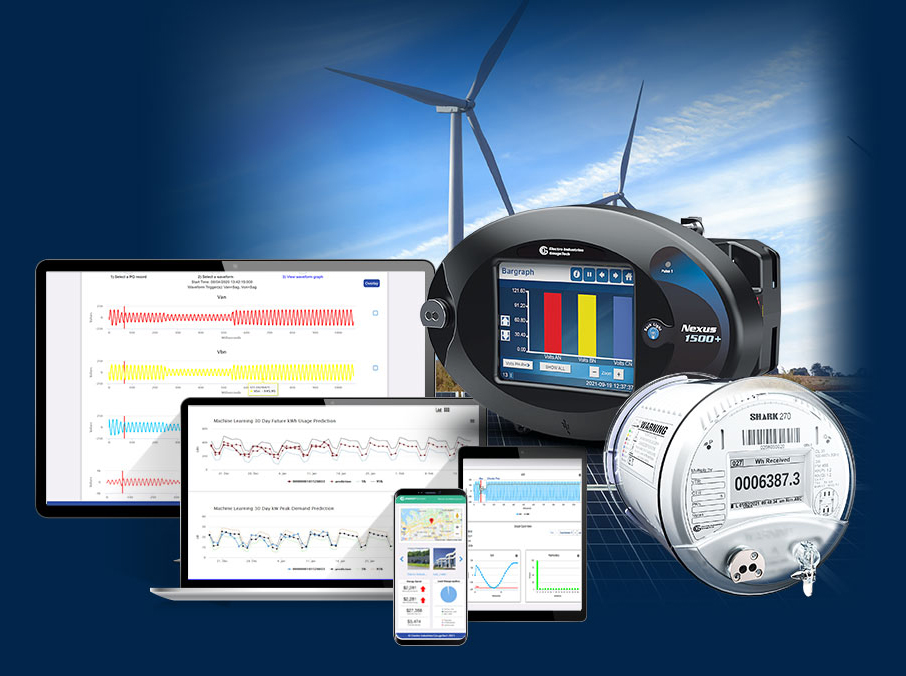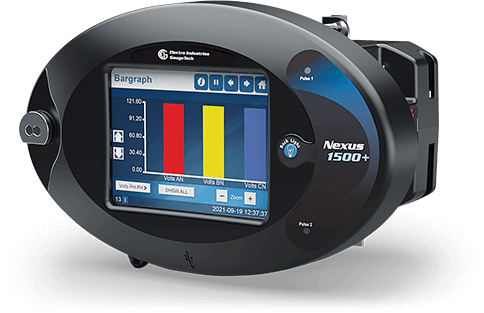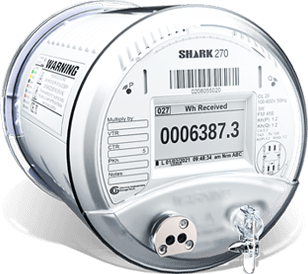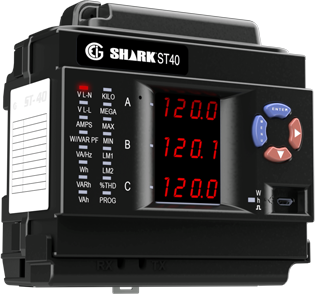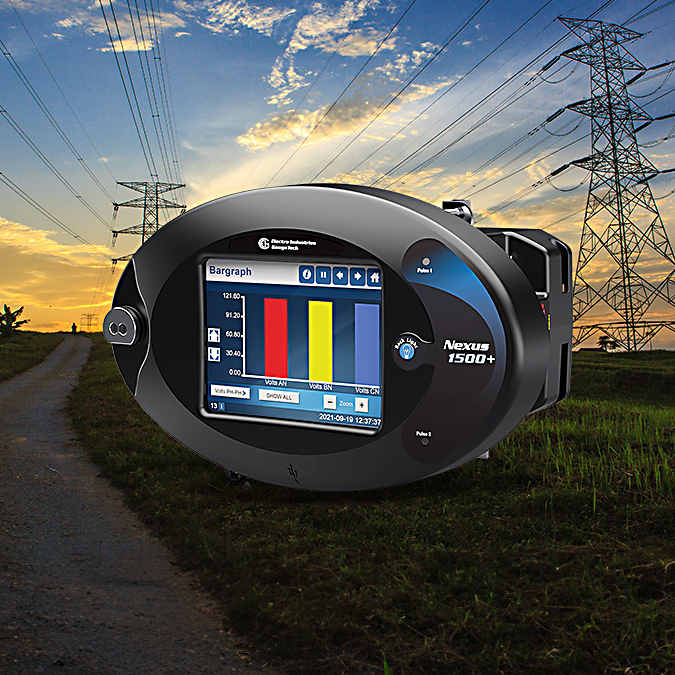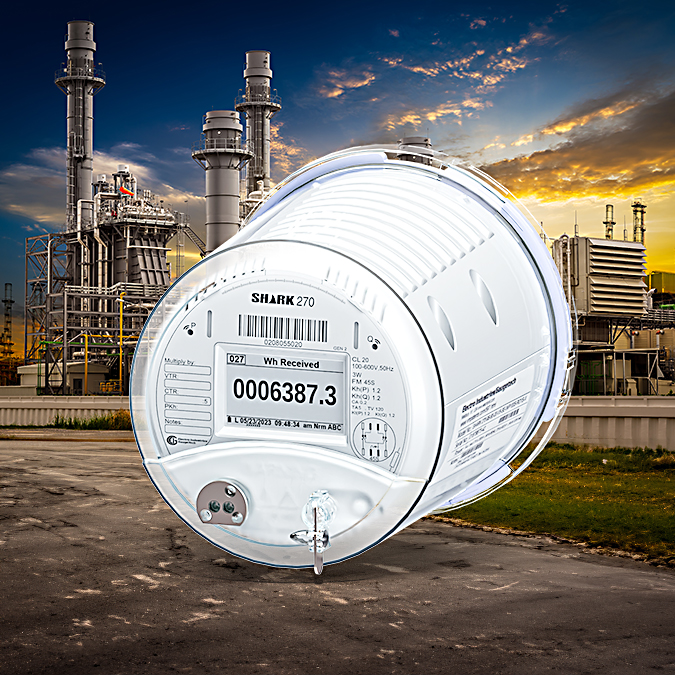Energy Management for Renewables
Renewable energy has been around since waterwheels were first used in Europe at around 200 BC but in the last few decades it has become a cornerstone in plans to mitigate climate change and reverse global warming. The Office of Energy Efficiency & Renewable Energy of the U.S. Department of Energy estimates that in 2021 about 20% of the total U.S. electricity generation came from renewables.1 That number will certainly rise as stricter carbon reduction regulations take effect around the world.
Twenty or more years of research and implementation have resulted in the thousands of renewable distributed energy resources (DER) in existence today. In the United States, DERs consist primarily of solar and wind energy. These DERs range from small residential rooftop solar installations that generate as little as several Kilowatts to large wind turbine farms approaching several hundred Megawatts. These large wind farms, as well as larger solar installations, are typically owned and operated by private investors/developers. They generate income by delivering the electricity they produce to the electrical grid, which necessitates accurate measurement of energy delivered. But whatever the size of the installation, renewable energy sources have specific needs for energy metering.
1Renewable Energy, from Energy.gov website.
Monitor and Balance Energy Supply
Renewable DERs need to monitor usage for the energy they receive from the utility to either power their renewables’ equipment, e.g., wind turbines, or to supplement the energy they generate. Placing smart power and energy meters on the main line coming from the utility and polling the meters using energy management software gives renewable DERs their real time energy usage. In addition to the meter on the feeder line, solar installations install meters at the end of a solar panel line. The meter’s high accuracy readings can send important information to the renewable’s energy management system, e.g.:
- Current generation from the solar panels.
- Readings from batteries as they charge and discharge.
- Power flow in both directions.
- Watts and current readings, voltage stability, and log data for post-event analysis.
For large scale solar and wind farms, the utility needs to monitor the energy supply and balance the load when applicable, e.g., if weather is affecting the renewables’ energy output. The power and energy meters in the system give operators the information they need to respond to changing grid conditions.
Measure Energy Delivered and Received
Renewable DERs need high accuracy metering to ascertain how much energy is being generated and how much is being delivered to the grid. Wind farms usually have many turbines which generate large amounts of voltage and a substation that collects the energy from the turbines and distributes it to the electrical grid. This substation needs an advanced revenue meter to monitor the flow of energy, since energy delivered is the source of income for the wind farm.
Verify Utility Charges
Using high accuracy smart meters to accurately measure energy delivered and received also gives DERs the ability to verify the utility’s measurements for the energy delivered and received. This gives the DER confidence that they are being correctly reimbursed for their energy output and are being correctly charged for their energy consumption. If mistakes are found, the energy management software can generate reports from the logged meter data. Having solid proof of the utility’s error will certainly speed the rectification process.
Ensure Power Quality and Analyze Voltage Variability
The inverters on a line of solar panels are used to convert DC power to AC, which is used in the electrical grid. The inverters, however, tend to introduce harmonics into the system. Harmonics are known to contribute to equipment damage and costly downtime.2 These harmonics can have a detrimental effect on the grid when it receives energy from a solar DER. A power quality meter placed on the solar panel line can help to mitigate this problem in multiple ways:
- The power quality meter can analyze the voltage and current to detect harmonics or other anomalies.
- Limits can be set to email alerts when harmonics go above a set level, so that action can be quickly taken.
2Problems Arising from Power-system Harmonics, Electrical 2 Installation Wiki webpage.
The large amounts of high voltage being sent from wind turbines and utility grade solar farms don’t generally contain harmonics. However, the utility needs to monitor the energy being delivered to ensure grid stability. For example, the substation on a wind farm needs a power quality meter that can provide detailed information on the voltage it is sending. If the utility is running a synchrophasor application, the meter should be able to act as a PMU and provide the real time phase angles and other information to the utility’s synchrophasor system. This information is essential for the utility operators to manage the grid effectively and avoid power failure.
Troubleshoot Utility or Renewables’ Issues
When a power quality event occurs, detailed information about the event leads to a better understanding of the cause and steps to prevent a recurrence of the problem. Power meters with advanced logging capability enable post-event analysis. Power quality meters with waveform recording provide valuable information about the event. EnergyPQA.com®, an AI driven energy management system, can analyze the waveform and determine the PQ direction of the fault – either from the utility or from the renewables system. This information is essential for timely action and mitigation of losses.
Conclusion
The number and type of renewable DERs are certain to increase as alternative energy sources continue to grow. For these DERs to successfully integrate with the electrical grid, they will need highly accurate power and energy metering, extensive power quality analysis tools, and advanced energy management solutions. With over 45 years of experience in high tech power and energy management, EIG is ideally positioned to supply these requirements.
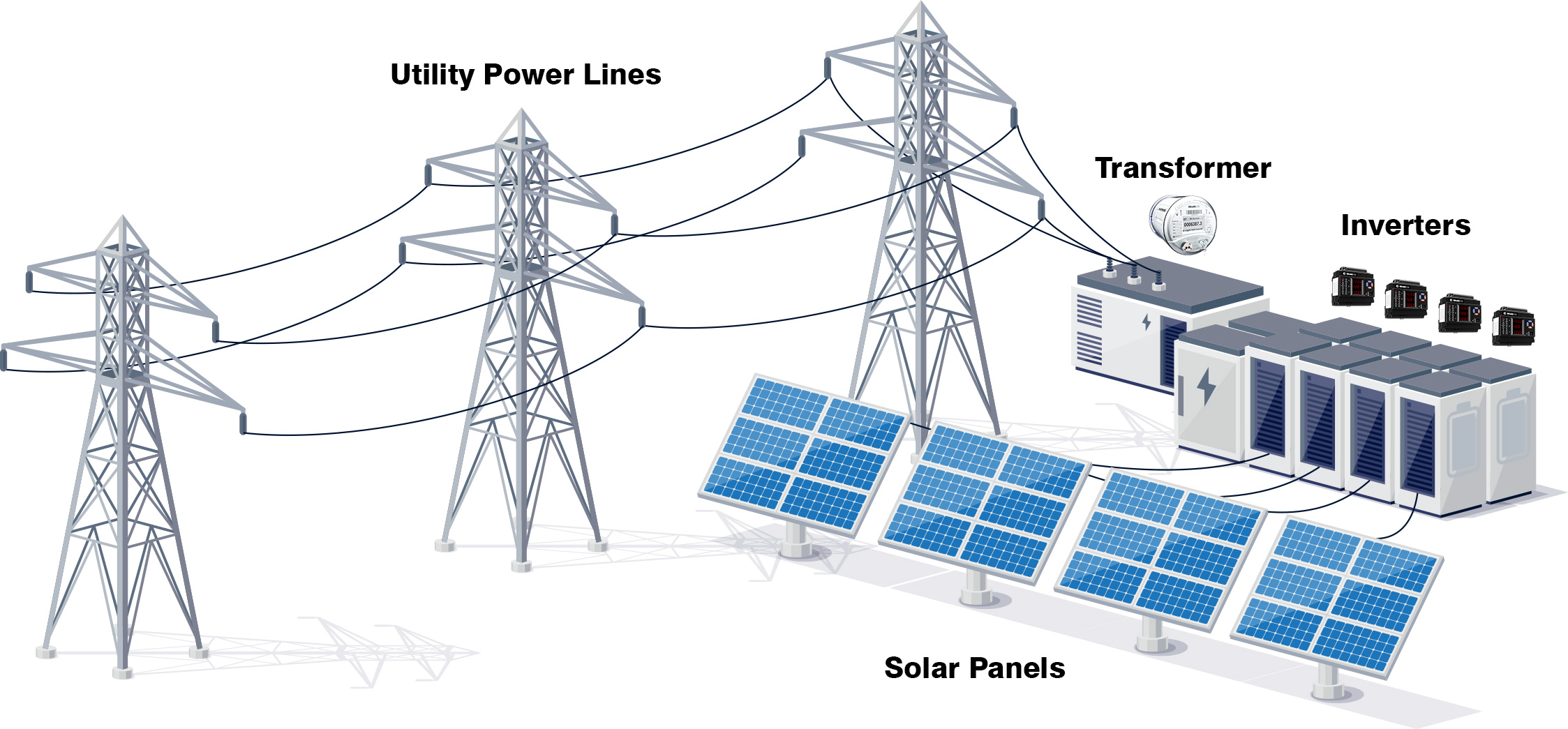
Popular Products used in Energy Management for Renewables
Cloud-Based Energy Management Solution
Critical Load Point
Revenue Meter
Machine Level Monitoring
Engineering Services
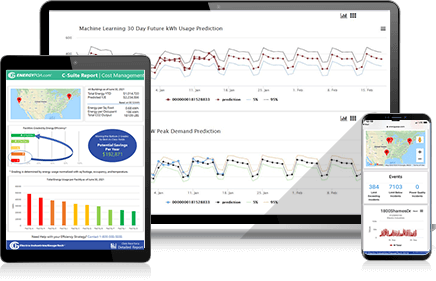
reducing costs, and improving power system reliability
Cloud-Based Energy Management Solution
Related Products Used with Energy Management for Renewables
https://www.electroind.com/eigs-energypqa-com-cloud-solution-is-finalist-in-plant-engineerings-2020-product-of-the-year/
https://www.electroind.com/eig-releases-energypqa-com-cloud-based-energy-management-solution/
https://www.electroind.com/facts-you-should-know-about-commercial-energy-waste-in-2019/
https://www.youtube.com/watch?v=XTiIsF1D0Fc
https://www.youtube.com/watch?v=GAVJERWMKeU




